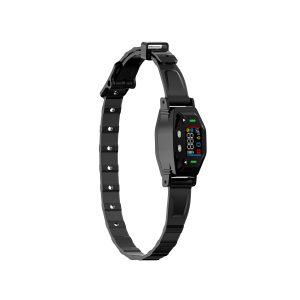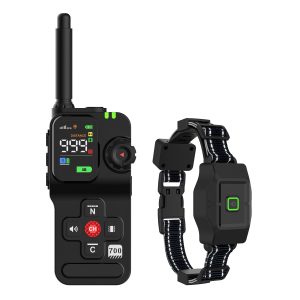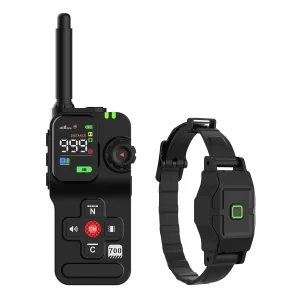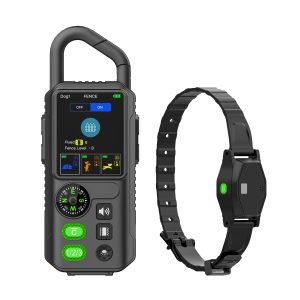First Alert Bark Control: Debunking Myths, Protecting Pups
Many pet owners struggle with the decision of using bark control devices. Among these, the First Alert Bark Control system has gained attention, but does it truly protect our furry friends without causing harm?
Let’s delve into the world of bark control devices and uncover the truths and myths surrounding their impact on our beloved dogs.
The Science Behind Bark Control Devices
First and foremost, understanding how bark control devices work is crucial. Most modern devices emit high-pitched sounds or vibrations to deter excessive barking. Contrary to common misconceptions, these signals are designed to startle rather than hurt dogs. The First Alert Bark Control system exemplifies this approach, aiming to be a safe and humane solution.
Addressing Concerns and Misconceptions
One major misconception is that bark control devices cause physical harm or distress to dogs. However, when used correctly and as per guidelines, these devices offer a gentle reminder to curb barking habits. The First Alert Bark Control system, in particular, prioritizes the well-being of pets, ensuring that the corrective measures are mild yet effective.
Real-World Experiences
Many pet owners have shared positive experiences with bark control devices, including the First Alert system. By incorporating these devices into their training routines, they have witnessed significant improvements in their dogs’ behavior without any signs of discomfort or trauma.
It’s important to note that consistency and proper training techniques play a vital role in the success of bark control devices. Pairing them with positive reinforcement can further enhance the training process and strengthen the bond between pet and owner.
The Verdict: First Alert Bark Control for Happy, Quiet Pets
In conclusion, the First Alert Bark Control system stands as a reliable tool for pet owners looking to manage excessive barking in a safe and humane manner. By debunking myths and shedding light on the science behind these devices, we can embrace this technology as a potential solution for promoting harmonious relationships between pets and their families.
Remember, every dog is unique, so it’s essential to assess your pet’s needs and consult with a professional trainer before incorporating any bark control device into your routine. With the right approach, you can help your furry companion find peace and tranquility while maintaining a happy and healthy environment for all.




